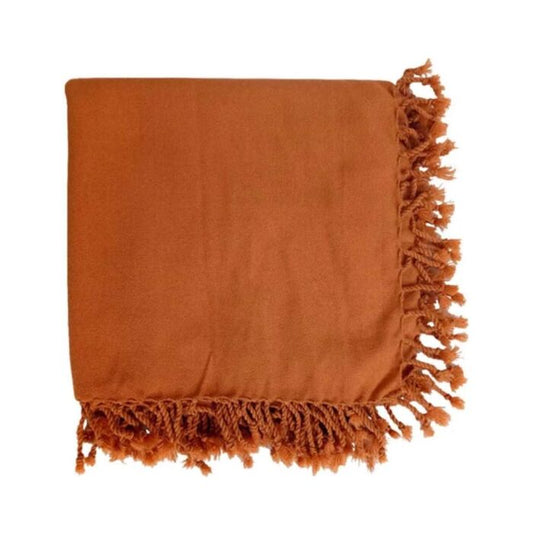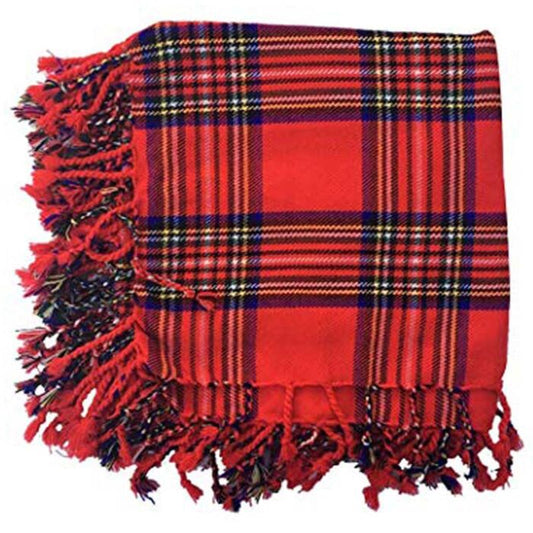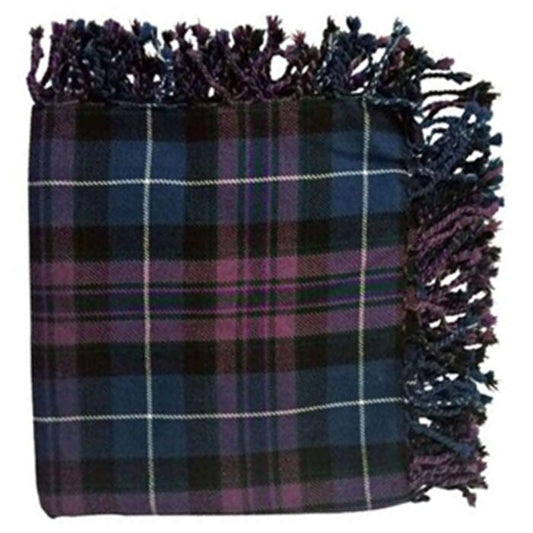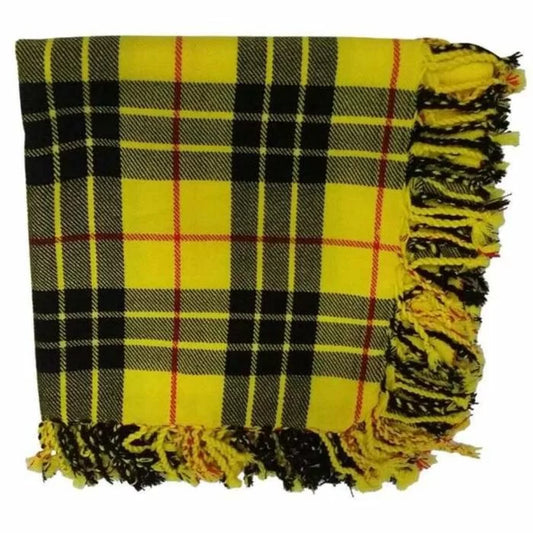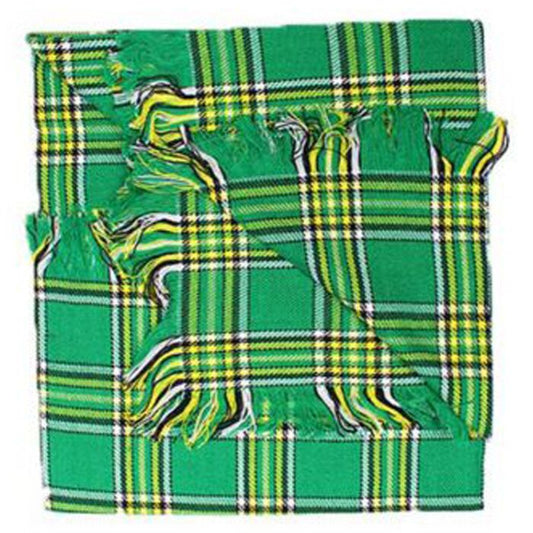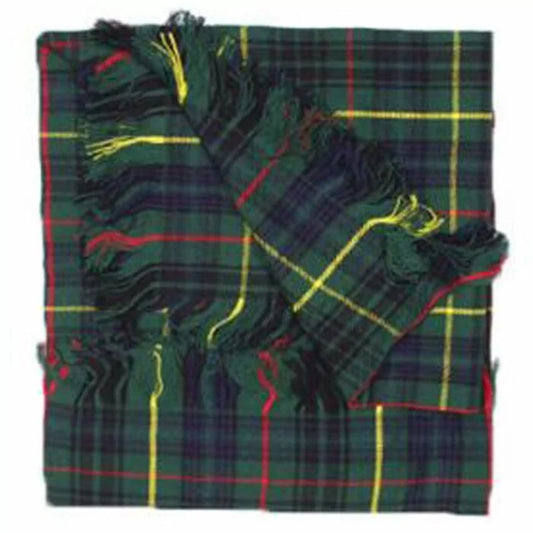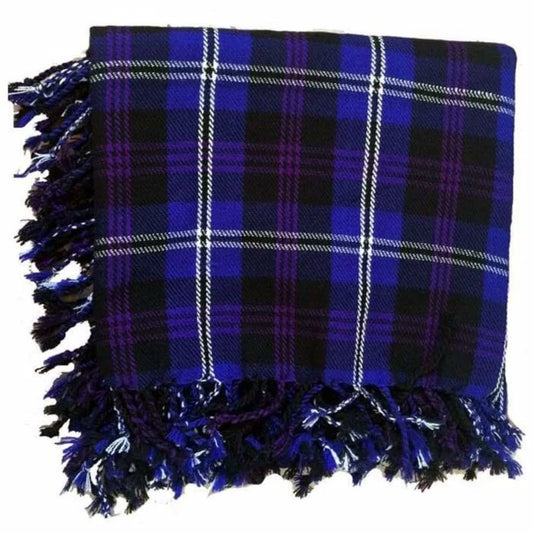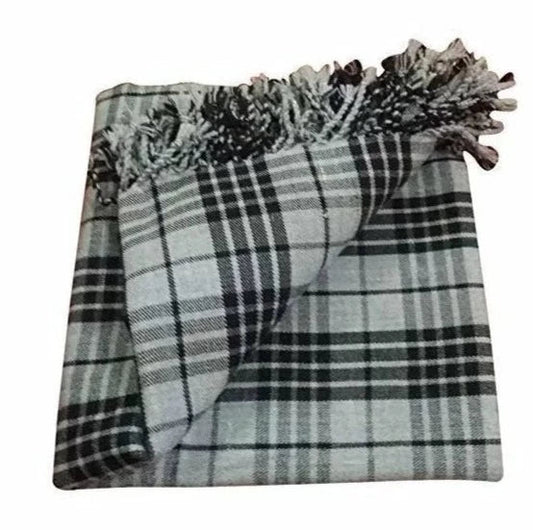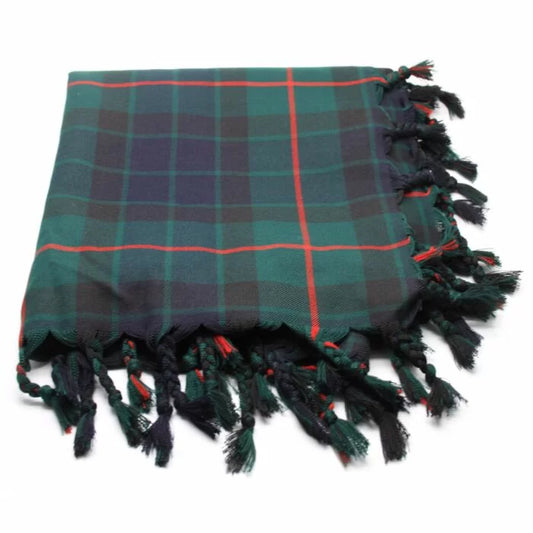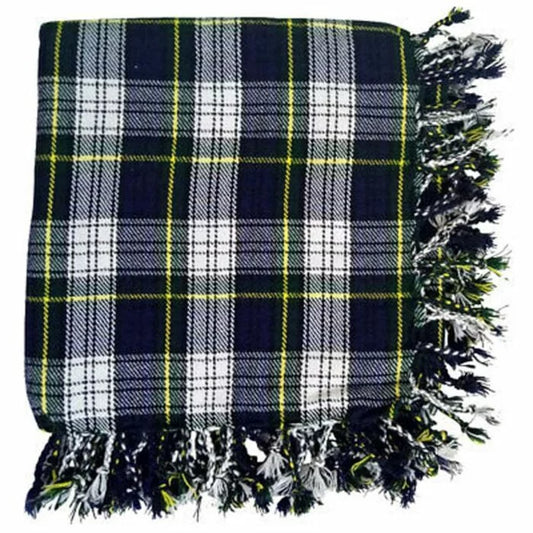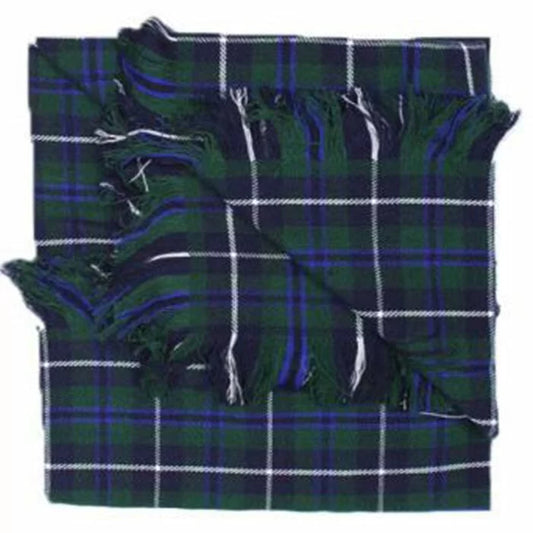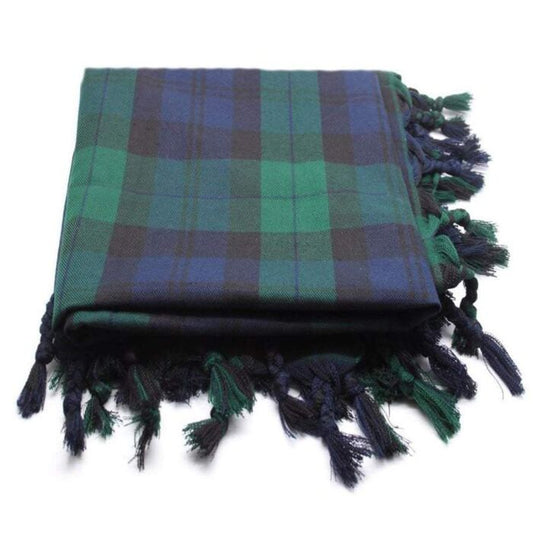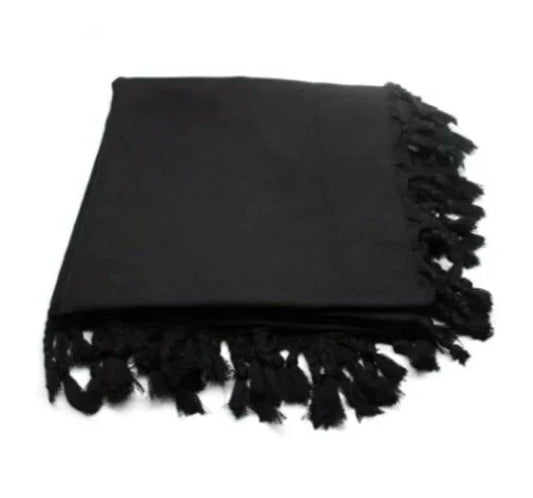-
Saffron Tartan Fly Plaid
Regular price $41.00 CADRegular priceUnit price / per$69.00 CADSale price $41.00 CADSale -
Royal Stewart Tartan Fly Plaid
Regular price $41.00 CADRegular priceUnit price / per$69.00 CADSale price $41.00 CADSale -
Pride Of Scotland Tartan Fly Plaid
Regular price $41.00 CADRegular priceUnit price / per$69.00 CADSale price $41.00 CADSale -
Macleod Lewis Tartan Fly Plaid
Regular price $41.00 CADRegular priceUnit price / per$69.00 CADSale price $41.00 CADSale -
Irish National Tartan Fly Plaid
Regular price $41.00 CADRegular priceUnit price / per$69.00 CADSale price $41.00 CADSale -
Hunting Stewart Tartan Fly Plaid
Regular price $41.00 CADRegular priceUnit price / per$69.00 CADSale price $41.00 CADSale -
Heritage Of Scotland Tartan Fly Plaid
Regular price $41.00 CADRegular priceUnit price / per$69.00 CADSale price $41.00 CADSale -
Hamilton Gray Tartan Fly Plaid
Regular price $41.00 CADRegular priceUnit price / per$69.00 CADSale price $41.00 CADSale -
Gunn Tartan Fly Plaid
Regular price $41.00 CADRegular priceUnit price / per$69.00 CADSale price $41.00 CADSale -
Dress Gordon Tartan Fly Plaid
Regular price $41.00 CADRegular priceUnit price / per$69.00 CADSale price $41.00 CADSale -
Buchanan Tartan Fly Plaid
Regular price $41.00 CADRegular priceUnit price / per$69.00 CADSale price $41.00 CADSale -
Blue Douglas Tartan Fly Plaid
Regular price $41.00 CADRegular priceUnit price / per$69.00 CADSale price $41.00 CADSale -
Black Watch Tartan Fly Plaid
Regular price $41.00 CADRegular priceUnit price / per$69.00 CADSale price $41.00 CADSale -
Black Tartan Kilt Fly Plaid
Regular price $41.00 CADRegular priceUnit price / per$69.00 CADSale price $41.00 CADSale -
Black Tartan Fly Plaid
Regular price $41.00 CADRegular priceUnit price / per$69.00 CADSale price $41.00 CADSale
Collection: Fly Plaids
Fly Plaids: Elevating Highland Attire with Elegance and Heritage
Introduction: Fly plaids are iconic elements of traditional Scottish Highland dress, adding a touch of elegance, sophistication, and heritage to formal kilt ensembles. Draped over the shoulder and secured with a brooch, fly plaids serve both a practical and symbolic purpose, embodying the rich cultural heritage and timeless style of Scotland. In this guide, we'll delve into the origins, features, styles, cultural significance, and styling tips for fly plaids, celebrating their enduring appeal and importance in Highland attire.
Origins and Evolution: The history of fly plaids can be traced back to the 16th and 17th centuries when Scottish Highlanders began wearing large pieces of fabric draped over their shoulders for warmth and protection from the elements. Over time, these garments evolved into the fly plaids we recognize today, characterized by their distinctive tartan patterns, fringed edges, and decorative brooches. Originally worn by men as part of everyday attire, fly plaids later became associated with formal Highland dress and ceremonial occasions.
Features of Fly Plaids:
-
Fabric: Fly plaids are typically made from wool or tartan cloth, reflecting the traditional materials used in Highland dress. The fabric is woven in a twill or checked pattern, often matching the tartan of the wearer's kilt or featuring complementary colors and designs.
-
Size and Shape: Fly plaids are large rectangular or square-shaped pieces of fabric, measuring approximately 48 to 54 inches in width and length. This size allows for versatility in draping and styling, allowing the wearer to create different looks depending on personal preference and the formality of the occasion.
-
Fringe: The edges of fly plaids are often adorned with fringe or tassel detailing, adding texture and movement to the garment. The fringe may be hand-knotted or woven into the fabric, enhancing the visual appeal and craftsmanship of the plaids.
-
Brooch: Fly plaids are secured in place with a decorative brooch or pin, which is fastened at the shoulder to prevent the fabric from slipping or shifting during wear. The brooch serves as both a practical and ornamental element, adding a touch of sophistication and elegance to the ensemble.
Styles of Fly Plaids:
-
Traditional Tartan: Traditional fly plaids feature tartan patterns that match the wearer's kilt or incorporate complementary colors and designs. These plaids are often worn on formal occasions such as weddings, ceilidhs, and Highland gatherings, where they serve as symbols of Scottish heritage and pride.
-
Dress Fly Plaids: Dress fly plaids are more ornate and embellished than traditional plaids, featuring intricate embroidery, metallic threads, or beaded detailing. These plaids are reserved for the most formal events and are often worn by members of Scottish clans, aristocracy, or military regiments.
Cultural Significance: Fly plaids hold cultural significance as symbols of Scottish identity, heritage, and tradition:
-
Symbol of Clan: Fly plaids are often worn by members of Scottish clans or families to signify their allegiance and affiliation. The tartan pattern of the plaid may correspond to the wearer's clan or feature colors and motifs associated with their lineage.
-
Formal Attire: Fly plaids are integral components of formal Highland dress, worn on special occasions such as weddings, graduations, and ceremonial events. Their presence adds a sense of grandeur and ceremony to the ensemble, reflecting the importance of tradition and heritage in Scottish culture.
Styling Tips for Fly Plaids:
-
Drape with Care: When wearing a fly plaid, take care to drape it over the shoulder in a manner that is both stylish and secure. Experiment with different draping techniques, such as the shoulder pin, rosette, or waterfall fold, to create a look that complements your outfit and personal style.
-
Choose a Complementary Brooch: Select a decorative brooch or pin to fasten the fly plaid at the shoulder, ensuring it complements the colors and design of the fabric. Brooches featuring Celtic knots, thistle motifs, or clan crests are popular choices and add a touch of symbolism to the ensemble.
-
Coordinate with Kilt: Coordinate the tartan pattern or colors of the fly plaid with those of your kilt for a cohesive and harmonious look. Matching the plaids ensures a unified appearance that celebrates Scottish heritage and tradition.
-
Accessorize Thoughtfully: Complete your Highland ensemble with traditional accessories such as a sporran, sgian dubh, and kilt pin, which complement the elegance and sophistication of the fly plaid. Choose accessories that echo the motifs or symbolism of the tartan pattern, creating a coordinated and polished look.
Conclusion: Fly plaids are timeless symbols of Scottish heritage, tradition, and elegance, embodying the rich cultural legacy and enduring style of Highland dress. With their tartan patterns, fringed edges, and decorative brooches, fly plaids add a touch of sophistication and grandeur to formal kilt ensembles, capturing the essence of Scottish pride and tradition. Whether worn for weddings, ceremonial events, or special occasions, fly plaids serve as reminders of Scotland's rich cultural heritage and the timeless allure of Highland attire.

